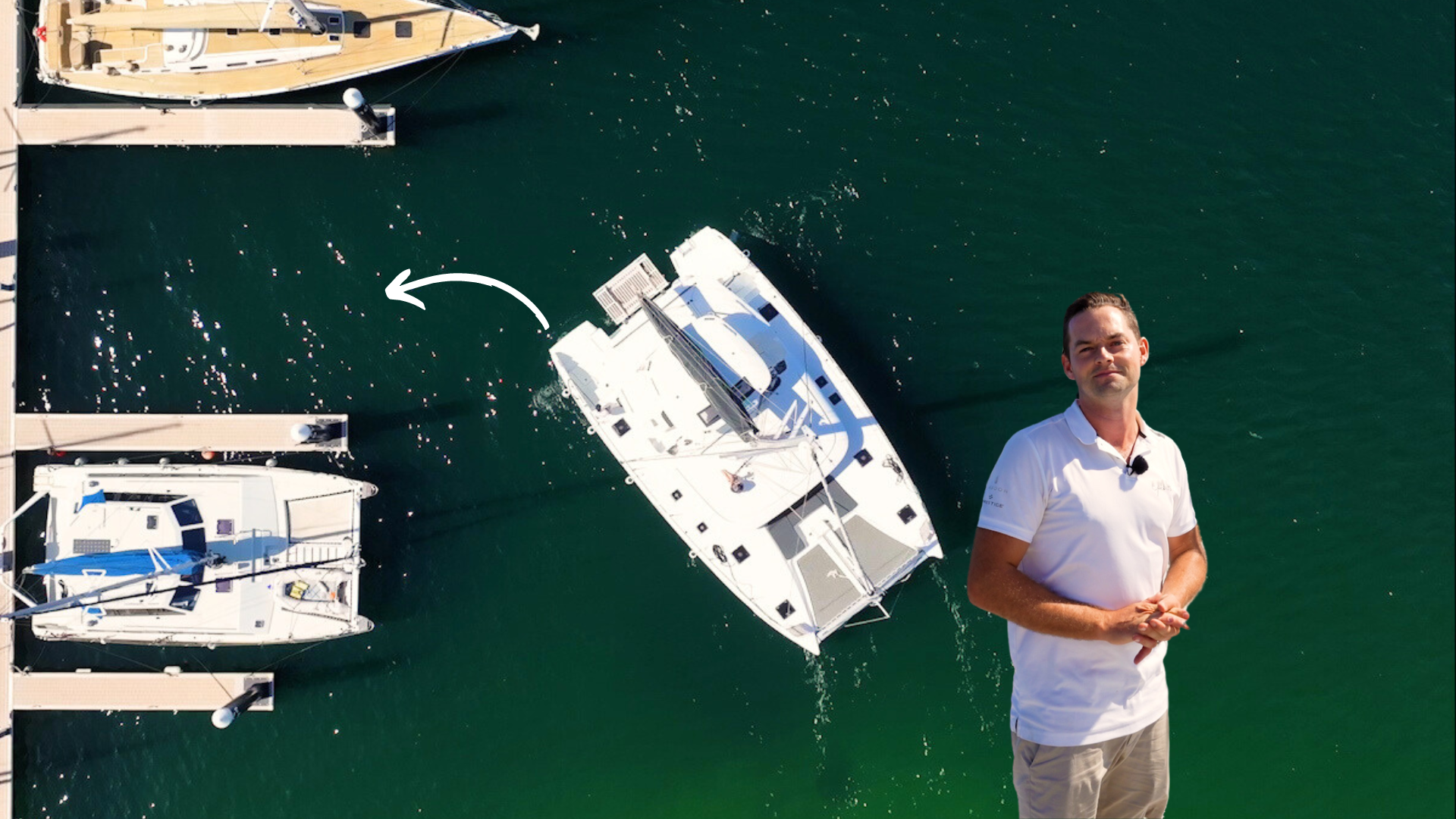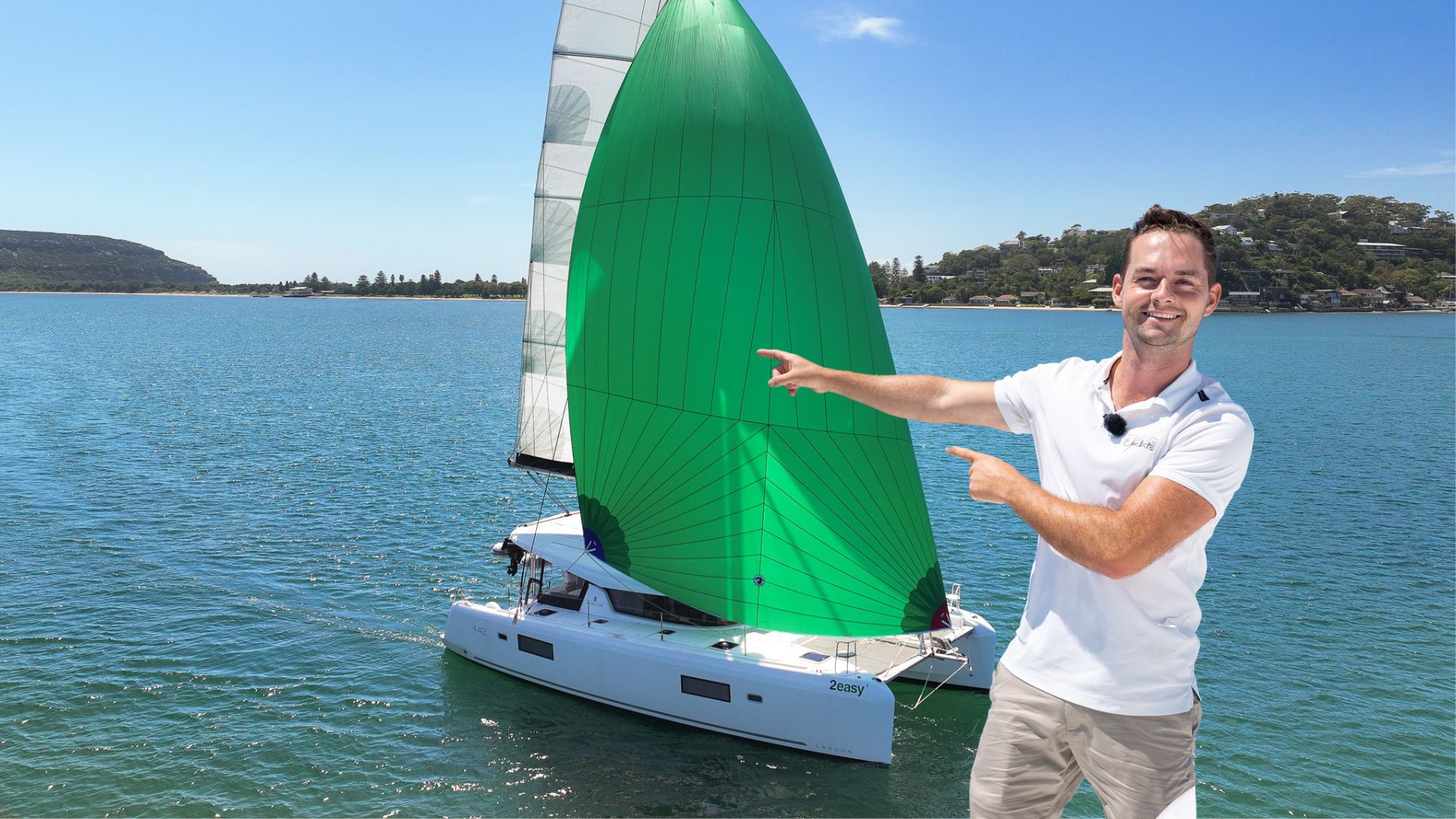How to Perform a Rig Inspection on a Catamaran
In our third episode of the Inspire and Learn series TMG Yachts (Formerly The Multihull Group) got rigging specialist Dion Hart to come and guide you through what to look out for in a regular rig check. Dion explains various important areas of your catamaran to inspect and some tips for going up the mast.
Dion Hart is a rigging specialist from Pacific Rigging and has rigged many of our Lagoon catamarans. He has been in the industry for many years and is someone who TMG Yachts trust.
It is important to note that all advice given is brief in nature and is meant as a GUIDE ONLY. This inspection was demonstrated on a Lagoon 42 and may differ from vessel to vessel.
If you know what to look for it is easy enough to do regular checks on your own, however, it is necessary to get your rig checked by an expert every 12 months after the initial check after first passage or 5-6 sails as suggested by Dion Hart.
DECK RIG INSPECTION
Dion suggests to begin the deck rig inspection at the front of the vessel and work backwards. Throughout the guide he urges any catamaran owner to ensure they are regularly washing over their vessel with fresh water.
This is a checklist guide of some of the important things to ensure you check in the various areas of your vessel, specifically looking out for cracking, tensions, secure fittings and fastenings
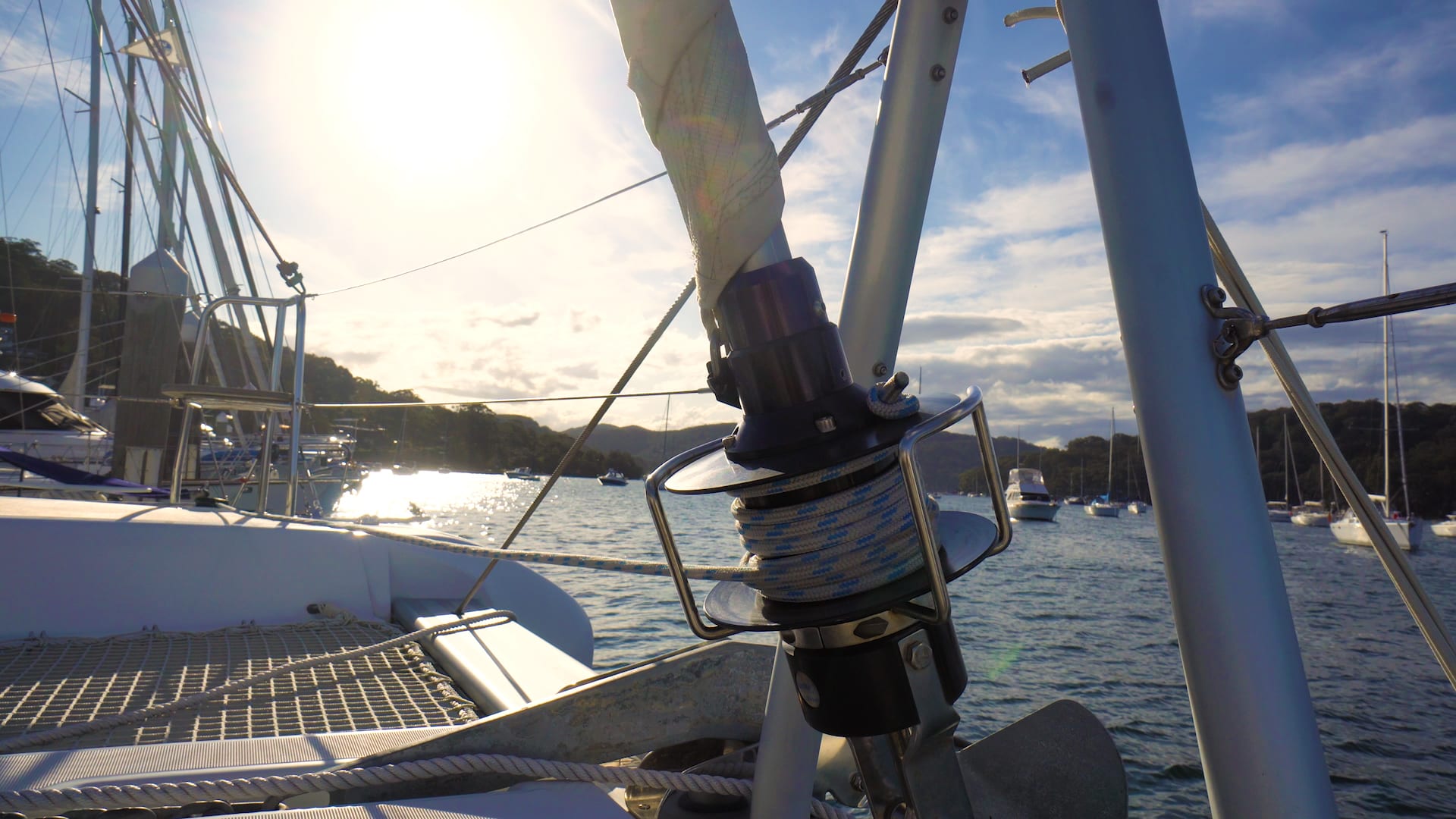
FORESTAY
- Clevis pins connecting the stay to the fore beam
- Ensure split pin is secure.
- Bolt connecting forestay to toggle
- Test furler – pull it in and out a few times
- Secure shackle – if you can put a cable tie through the hole
- Tighten fastenings – tighten the one connecting the drum to the furler with an allan key.
Facnor furler – self contained bearings = very little maintenance
CROSS & FORE BEAM
- Turn buckle – should be tight to keep together
- Check it is pinned off
- Fastenings & bracket holding fore beam to hull are secure
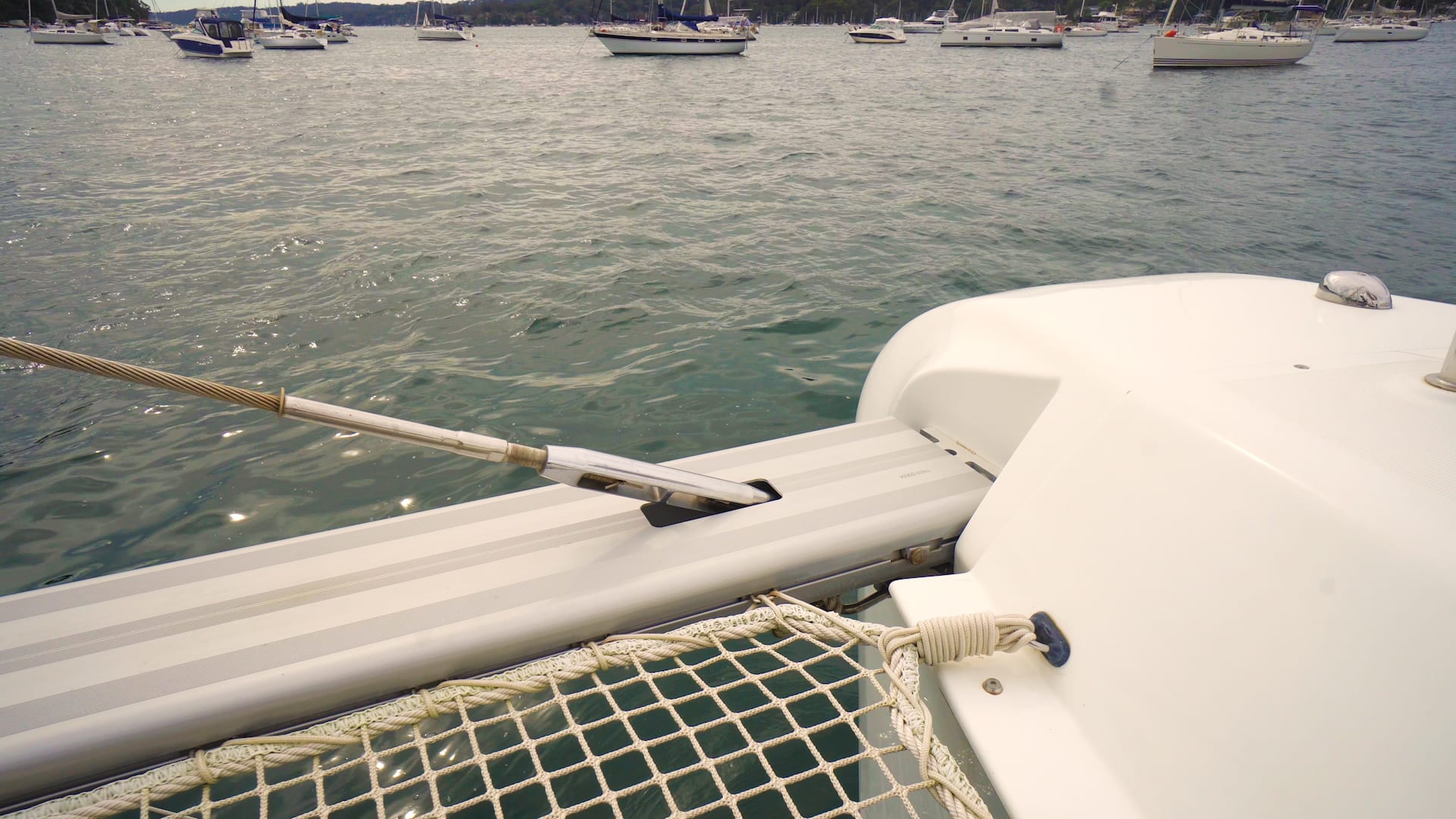
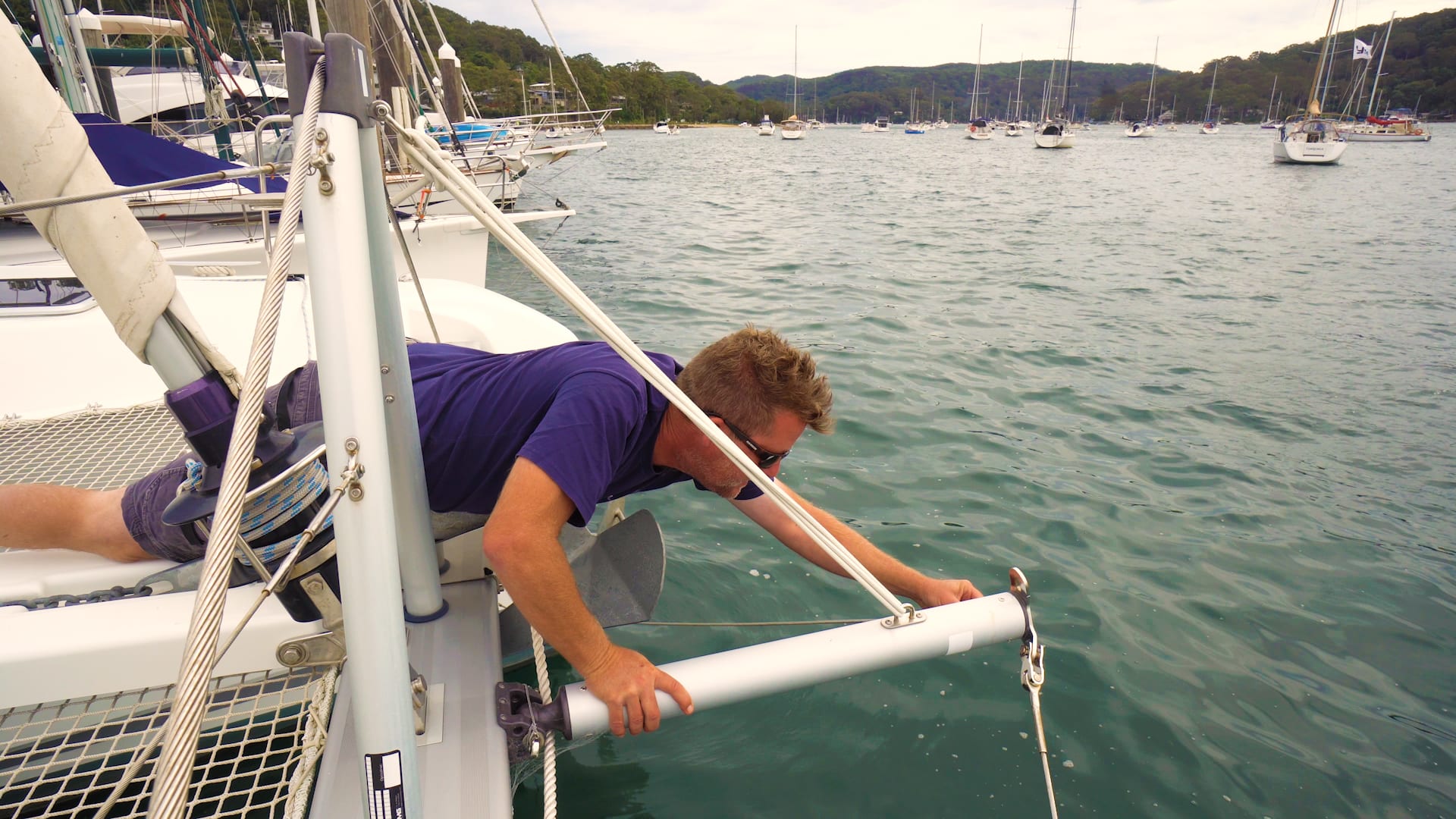
PRODDER
- Connections & pins
- Fulcrum point – make sure rivets are secure
- Jiggle it around – make sure no movement
STAY CONNECTIONS
- Check tension – ensure it is adequate
- VERY CLOSE INSPECTION – where wire enters swage (lift up plastic casing)
- Split pins in the turn buckle secure to stop vibration
- Split pins retaining clevis pins also secure
- Chain plate – check for movement or cracking
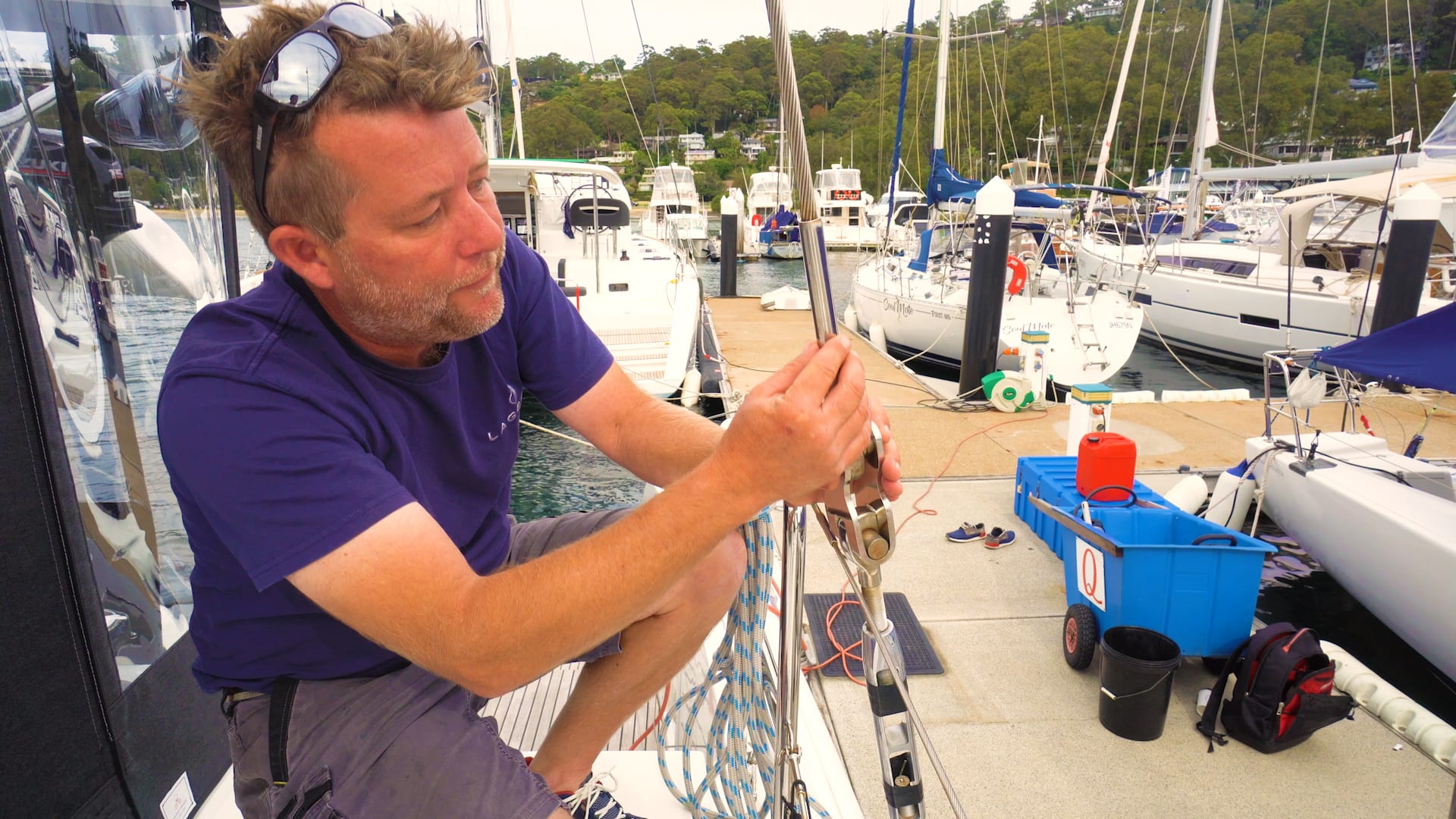
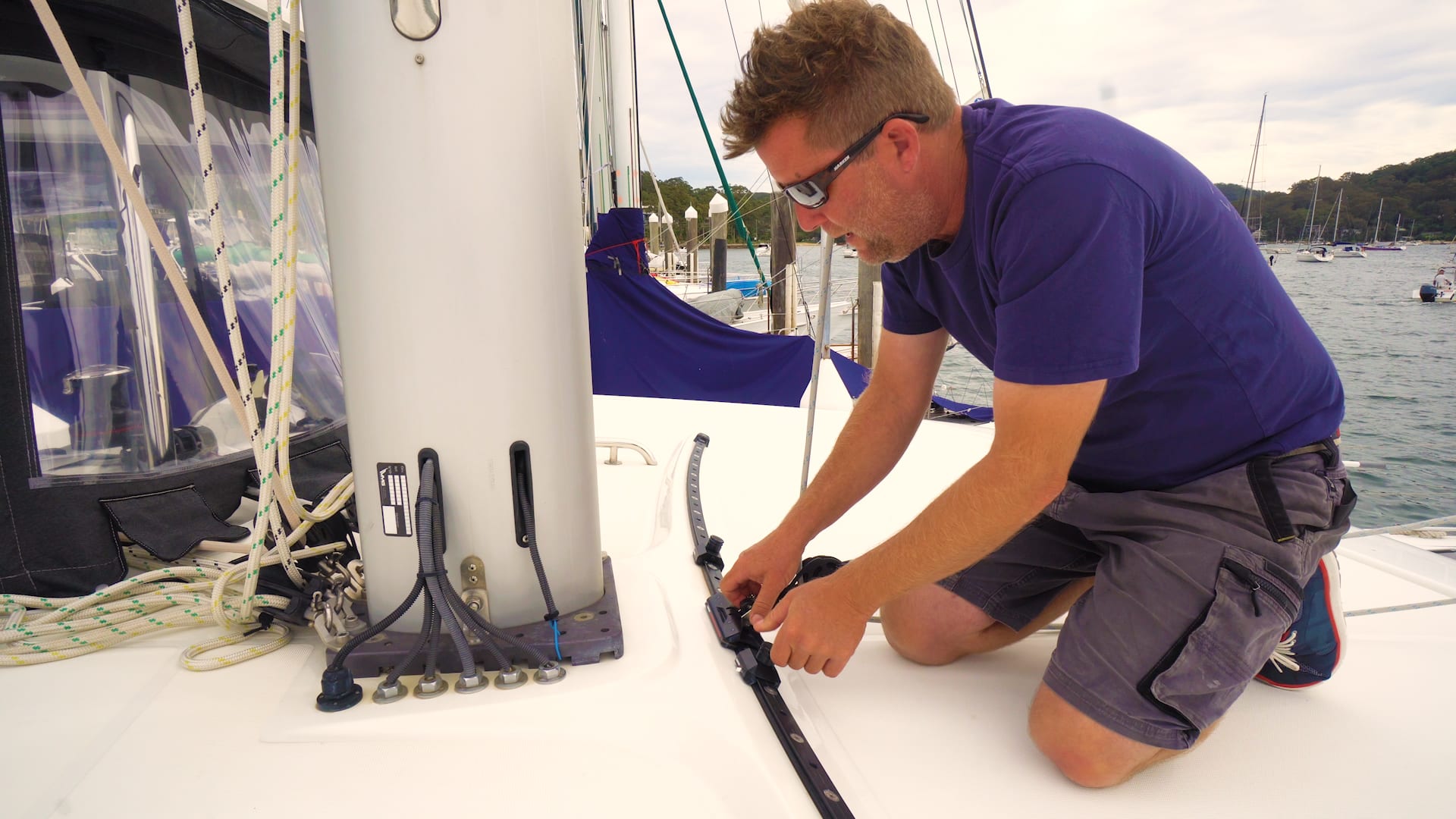
SELF TACKER
- Ensure car moves freely
- THIS NEEDS FRESH WATER OFTEN
MAST BASE
(Lagoons are deck stepped)
- Mast tie down
- Electronic cables – check that there is no chafe
- Tighten fittings and ensure shackles are secure
- Turn sheaves to ensure they are all spinning
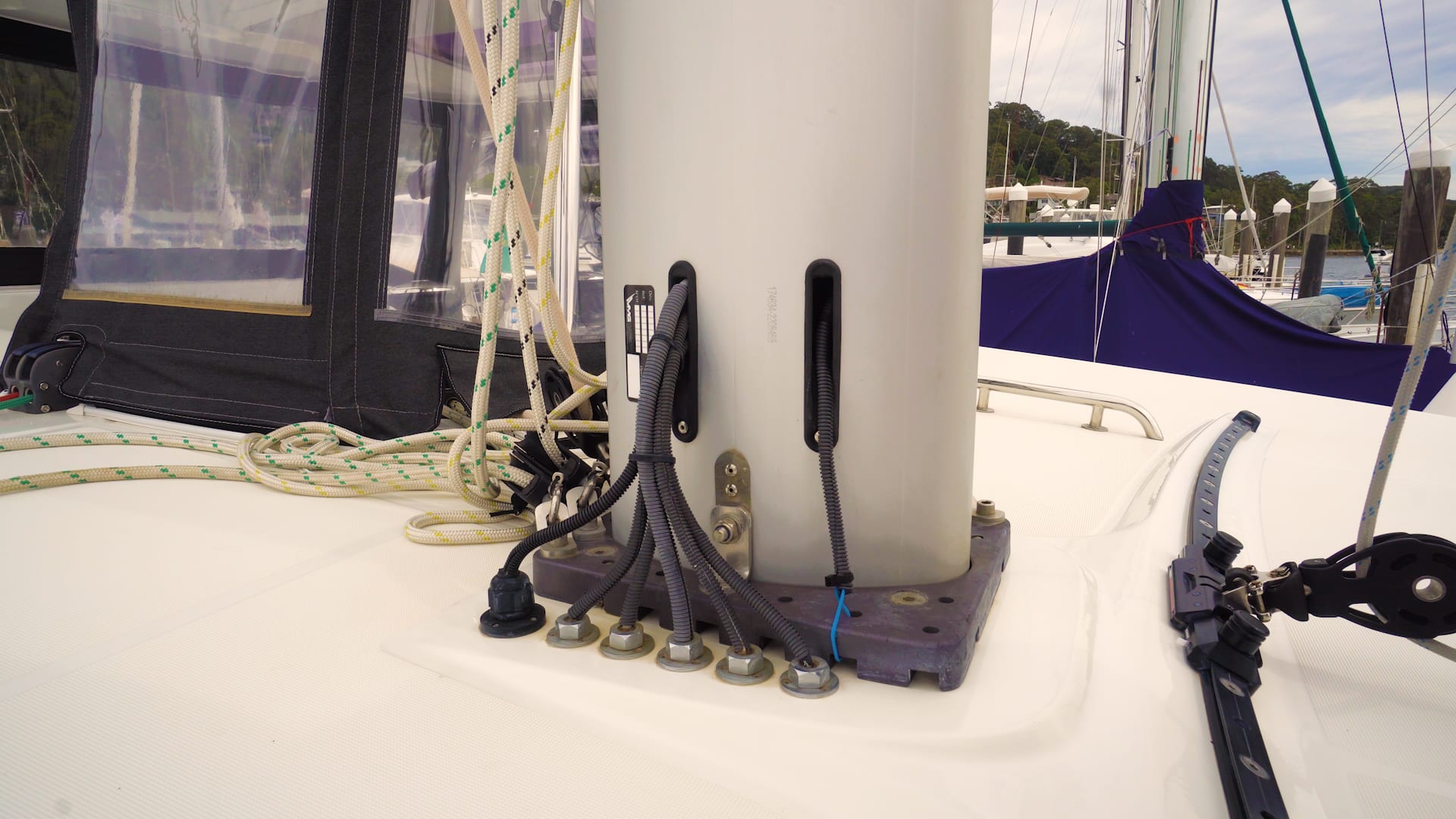

DIAMOND
- Mast connection
- Split pins
- Wire strands
BOOM
- Goose neck
- Rivets and pins – check no movement
- Turn sheaves inside the boom
- Traveller car – ensure it moves
- More sheaves (aft) – ensure they turn and not cracked

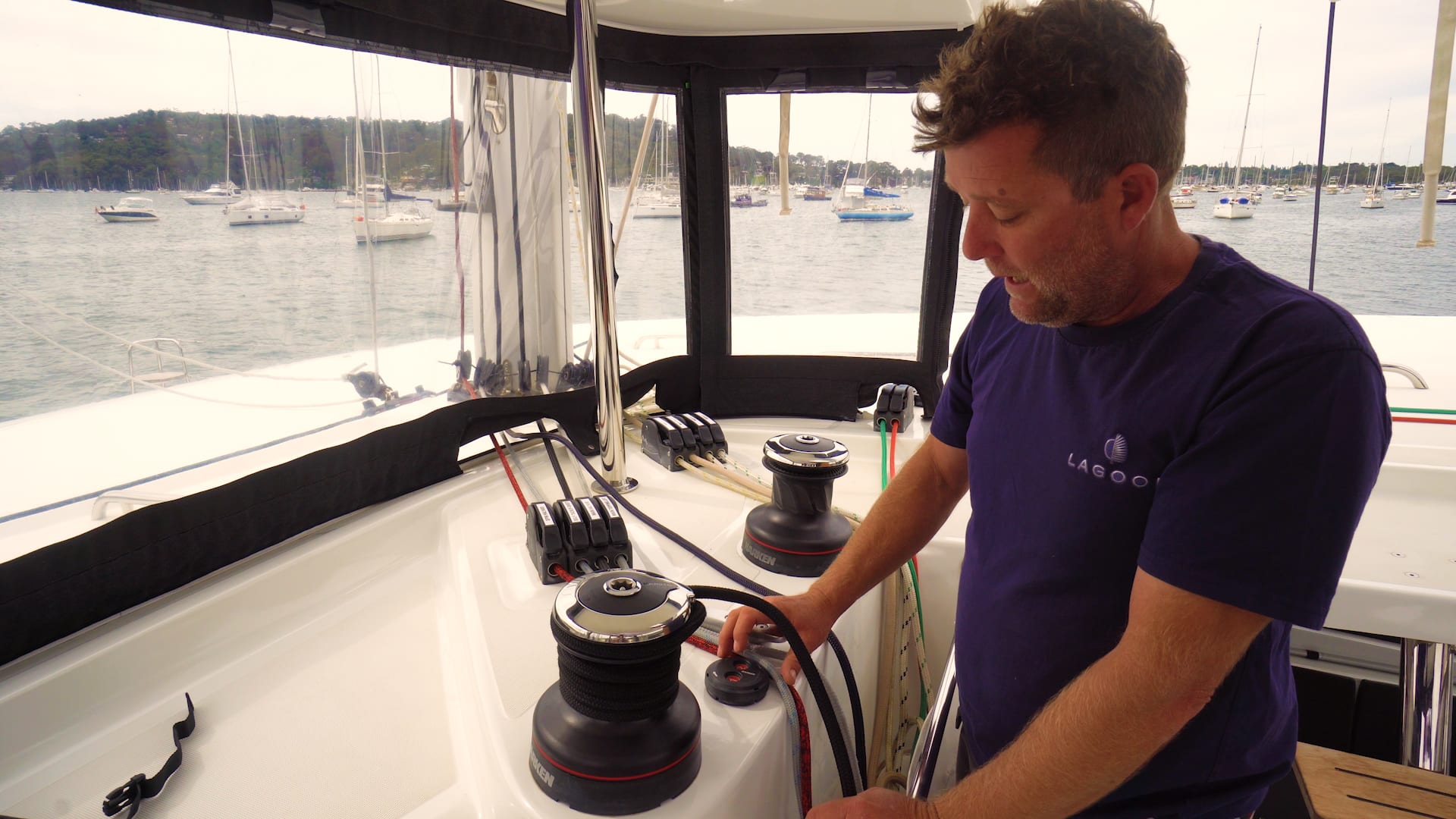
HELM STATION
- Winch service – this can be done by yourself or a professional. Dion suggests a yearly light grease & oil.
MAST INSPECTION
Dion does not give an indepth demonstration of how to prep for sending someone aloft. However he does suggest that if you can use 2 halyards and keep it slow.
When hoisting look up and when lowering look down.
MAST TOP
- Turn on lights prior so you can check these all work
- Wind instruments
- Lights
- Sheaves – no lubrication just turn to check
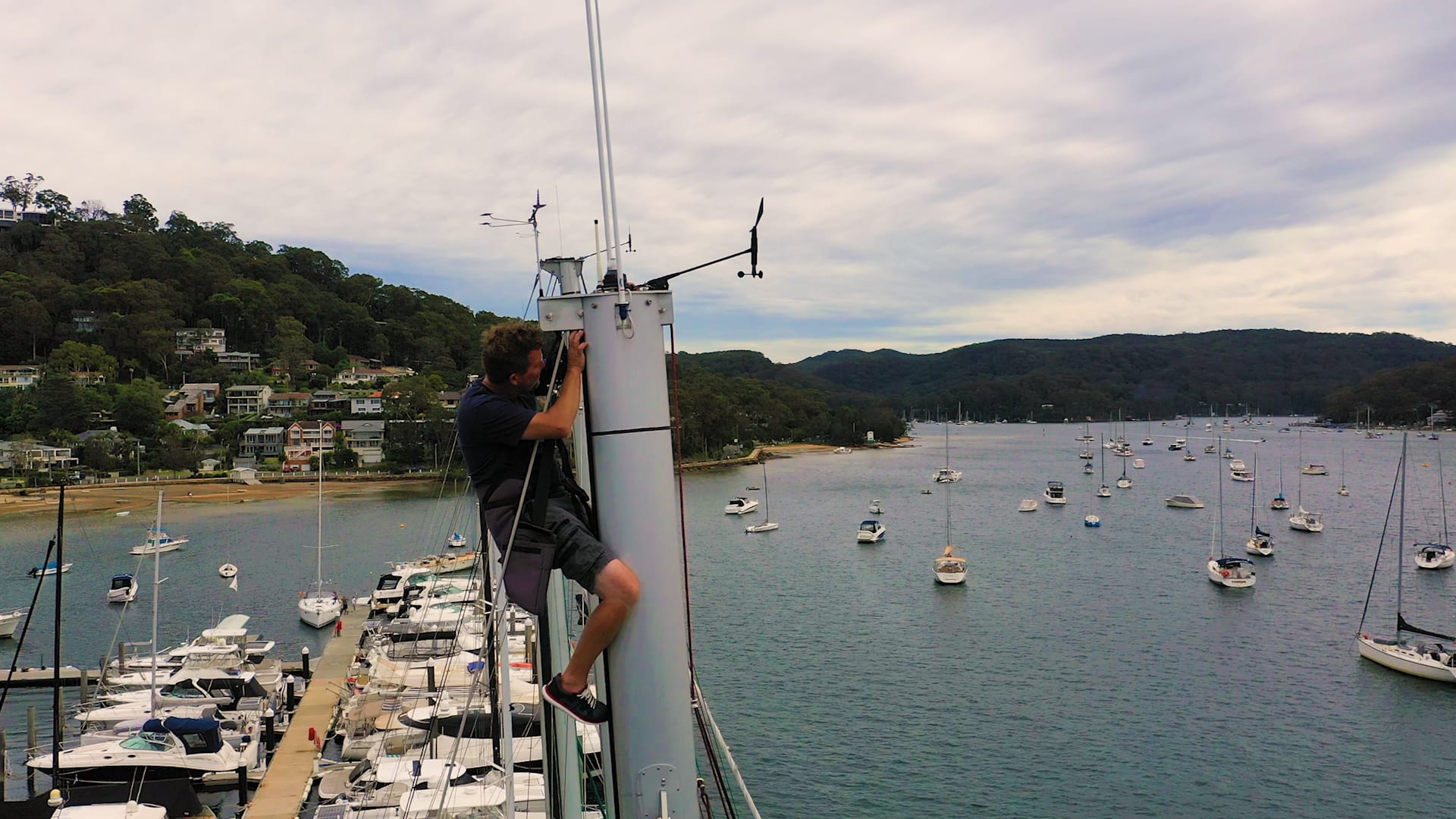
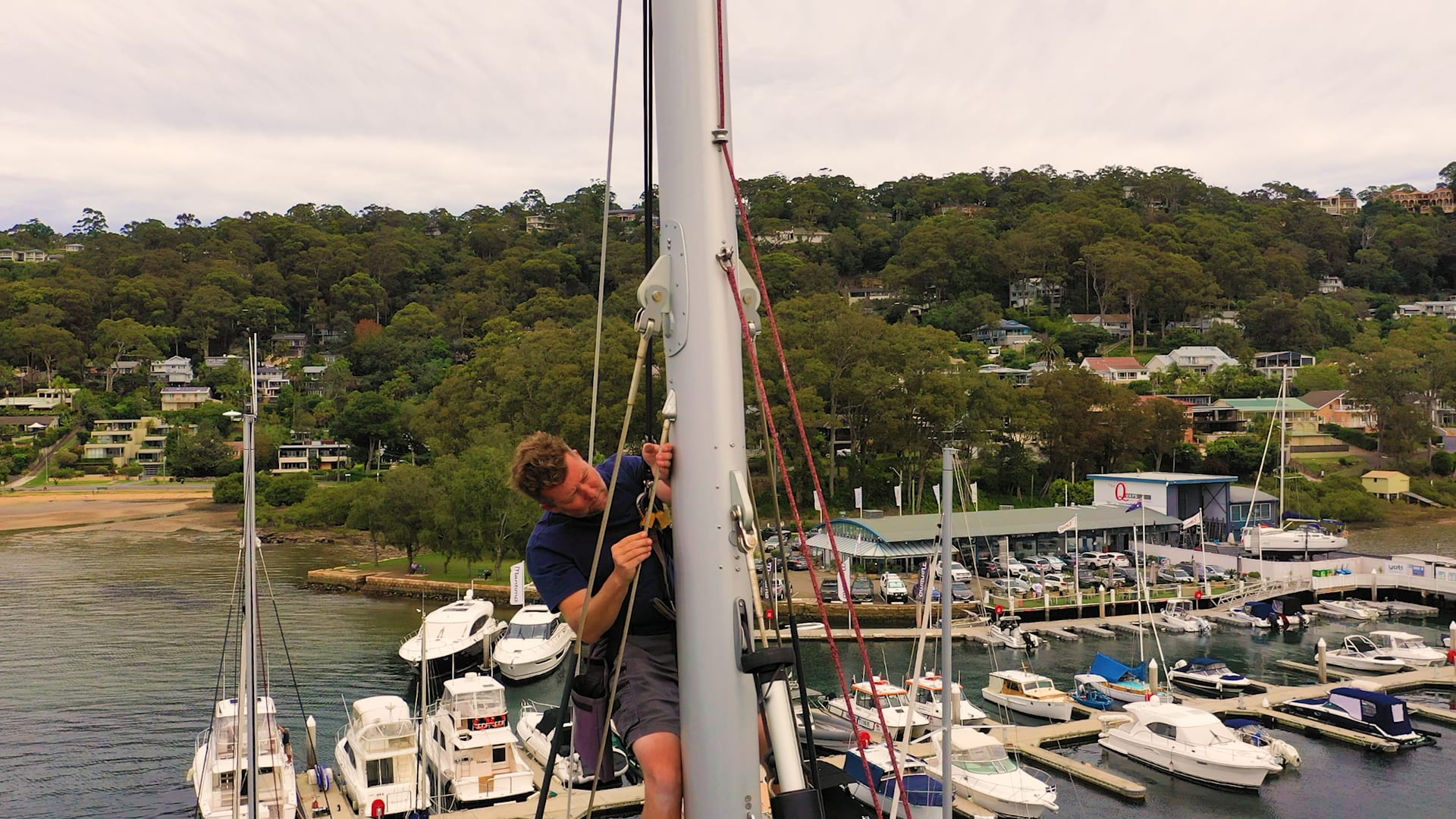
STAY CONNECTIONS
- VERY CLOSE INSPECTION where wire enters swage.
FURLER
CRUCIAL
- Top swivel
- Halyard setup
- Check luff length – top swivel should be close to where the halyard enters the mast (IMPORTANT)
ENSURE ALL YOUR SAILS ARE CHECKED FOR CORRECT FIT! + HALYARD MUST BE UNDER TENSION!
We do not suggest you unfurl the headsail with someone aloft (this is something for the professionals).
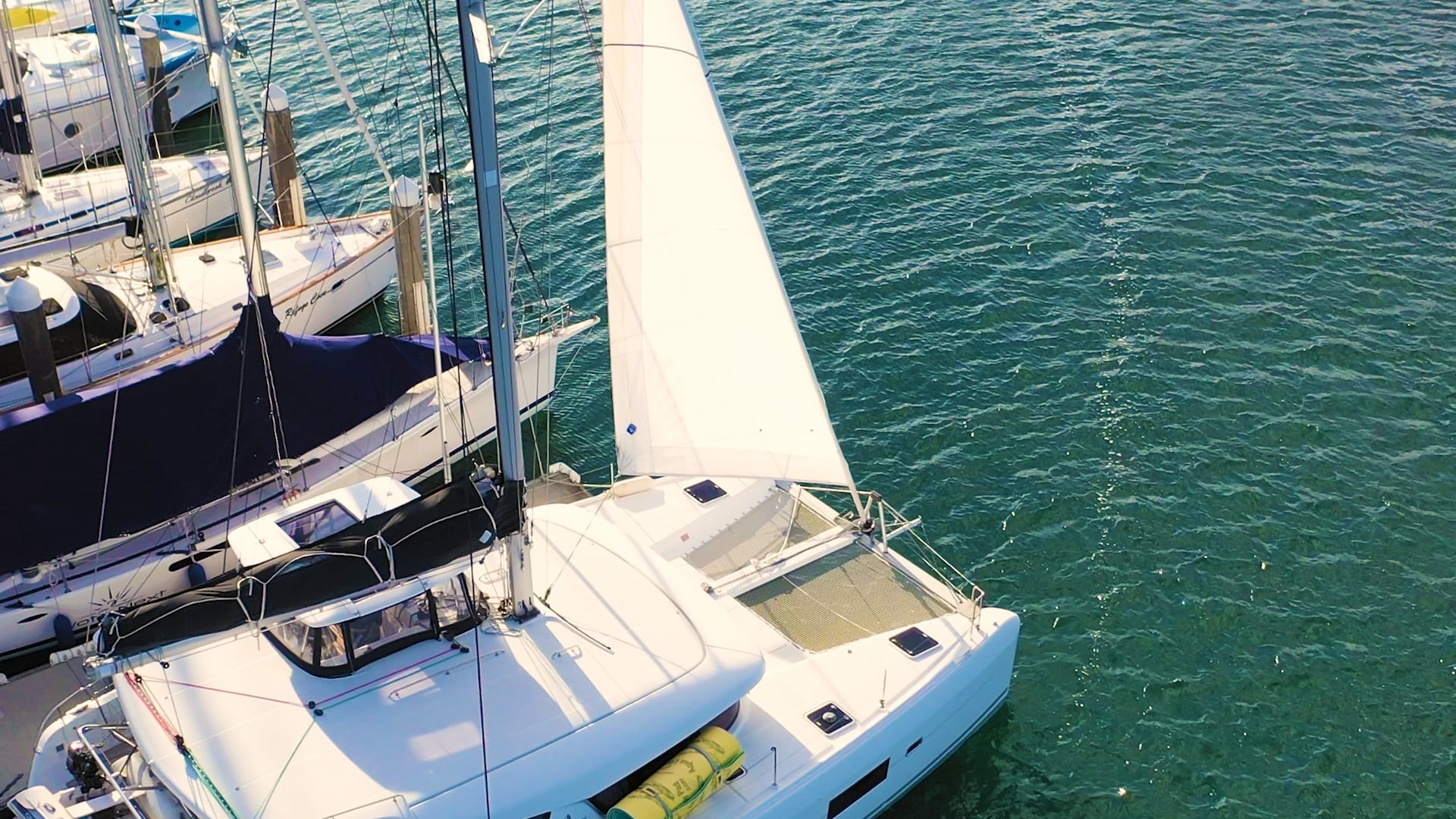
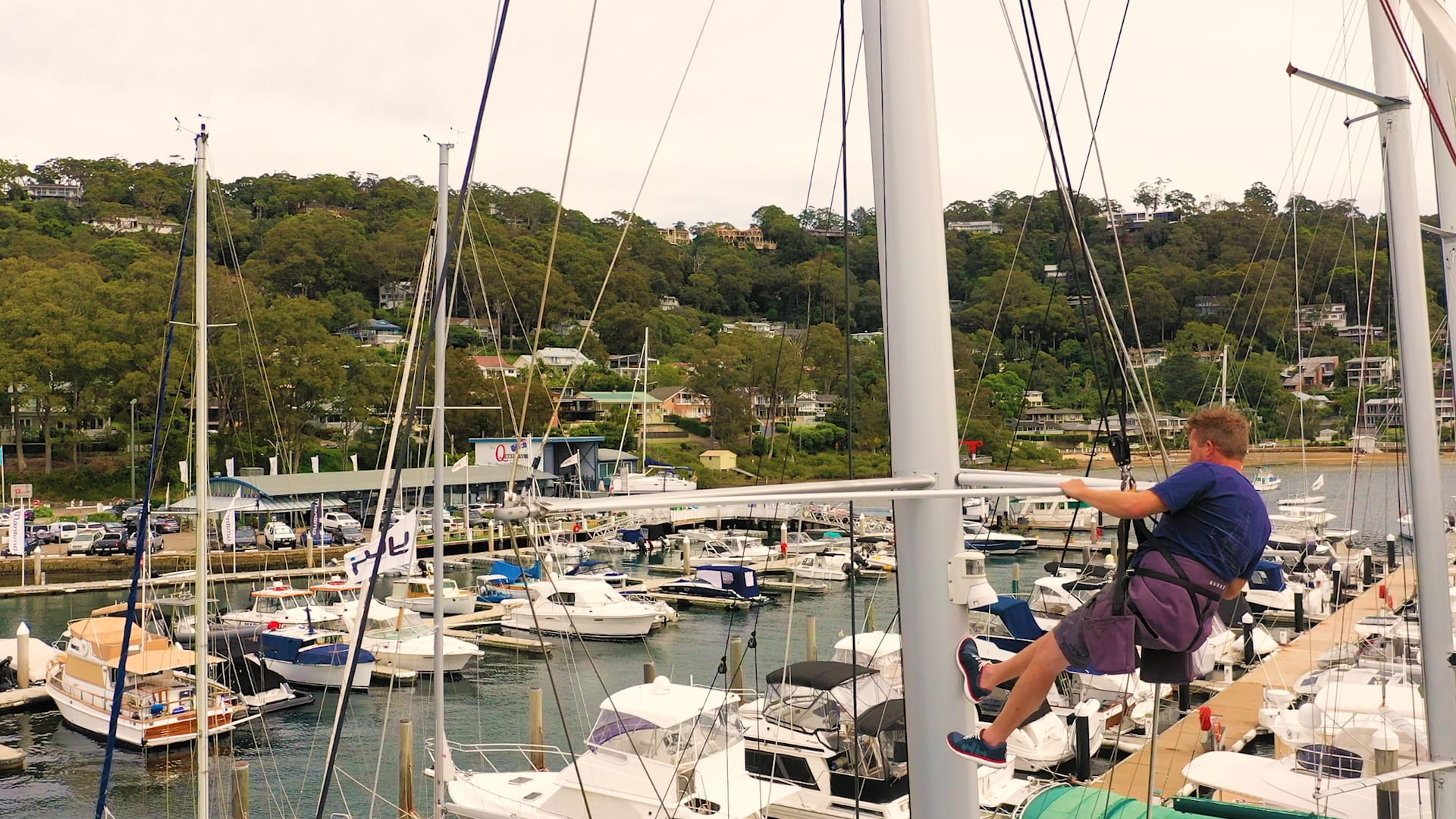
DIAMONDS
- Tang cracking and discolouration – this would imply that there has been excess force applied to it.
- Clevis and split pins (in place and turned correctly).
- Spreaders and prodder – check connections (bar and bolts)
- Outboard – where wires pass through
ADDITIONAL
- Steaming lights
- Radar
MAKE SURE YOU SHAKE EVERYTHING MAKING SURE IT IS ALL BEDDER CORRECTLY.
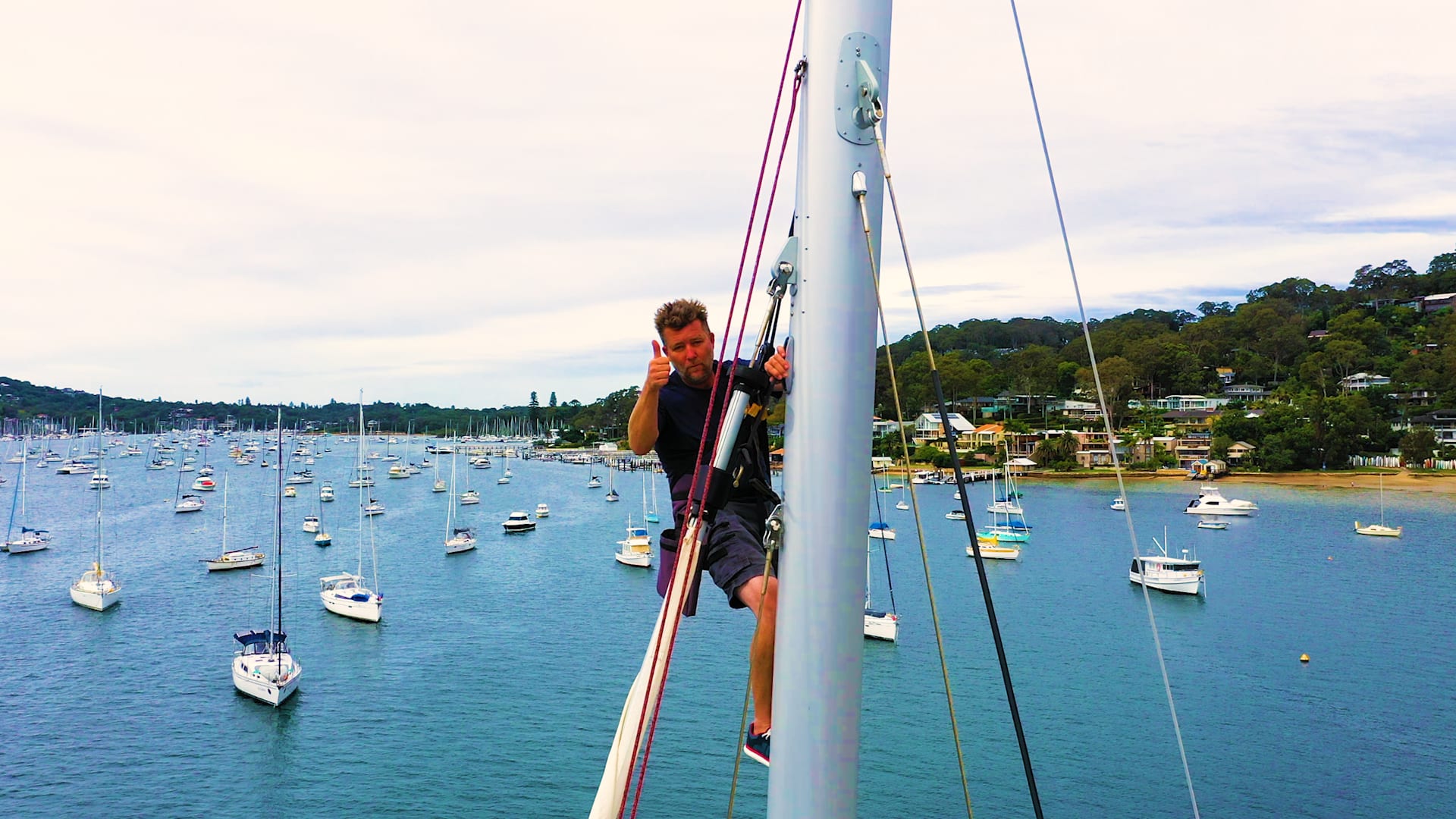
LATEST FROM THE INSPIRE AND LEARN SERIES
Master Catamaran Sailing with Lagoon Campus
Launching in 2025, TMG Yachts introduces the Lagoon Campus—a tailored training program designed to upskill future Lagoon catamaran owners.
How to Dock in a Crosswind on a Catamaran (in a tight space)
In this episode, join Joe Fox as he walks you through the intricate process of docking a catamaran in a tight berth with a crosswind.
How to Fly an Asymmetric Spinnaker on a Catamaran
In this guide, we delve into the intricacies of flying a Code Zero on a catamaran, specifically the Lagoon 46. Join our expert, Joe Fox, as he walks you through the setup, preparation, and manoeuvres involved in harnessing the power of this versatile sail.


